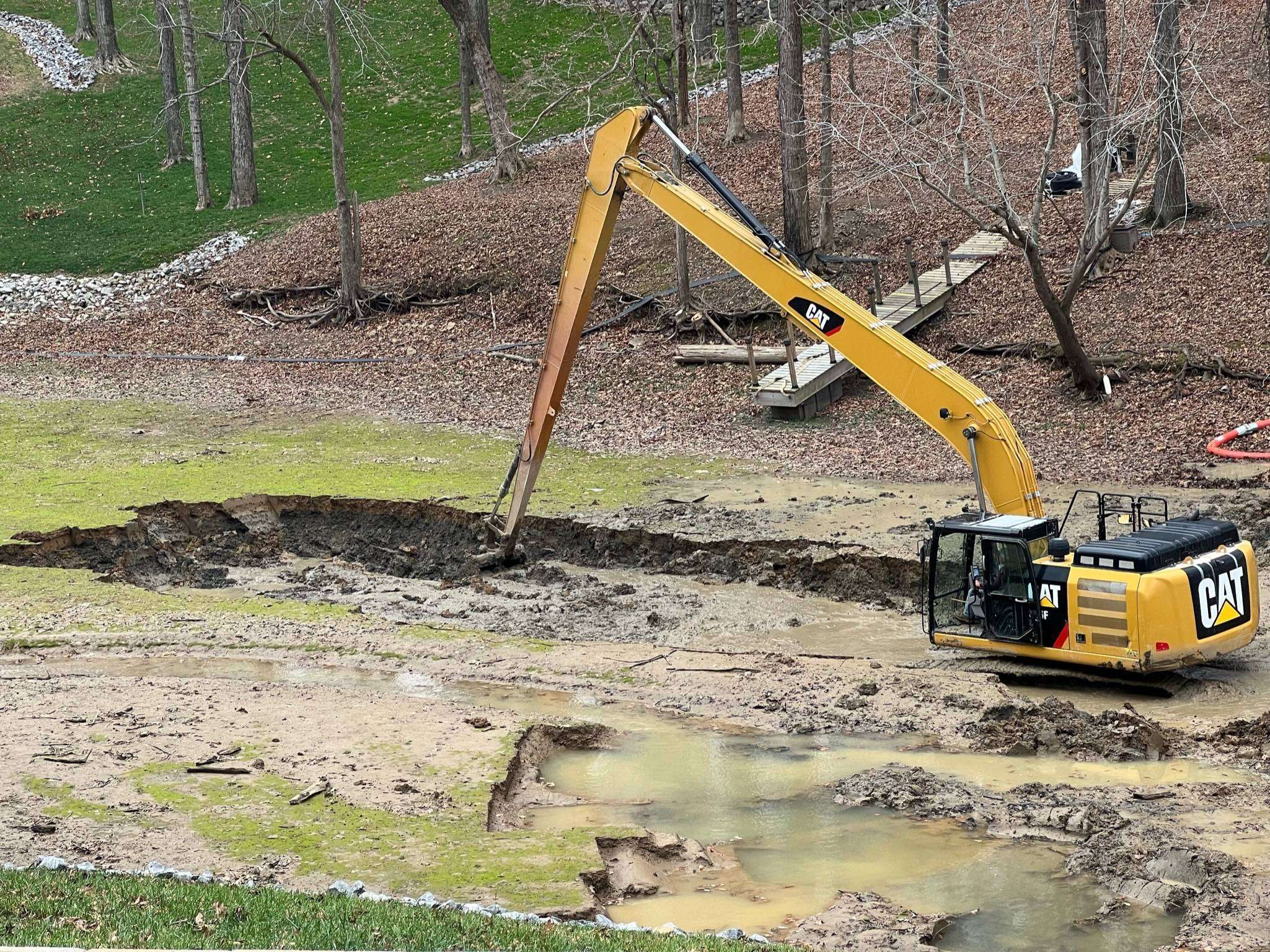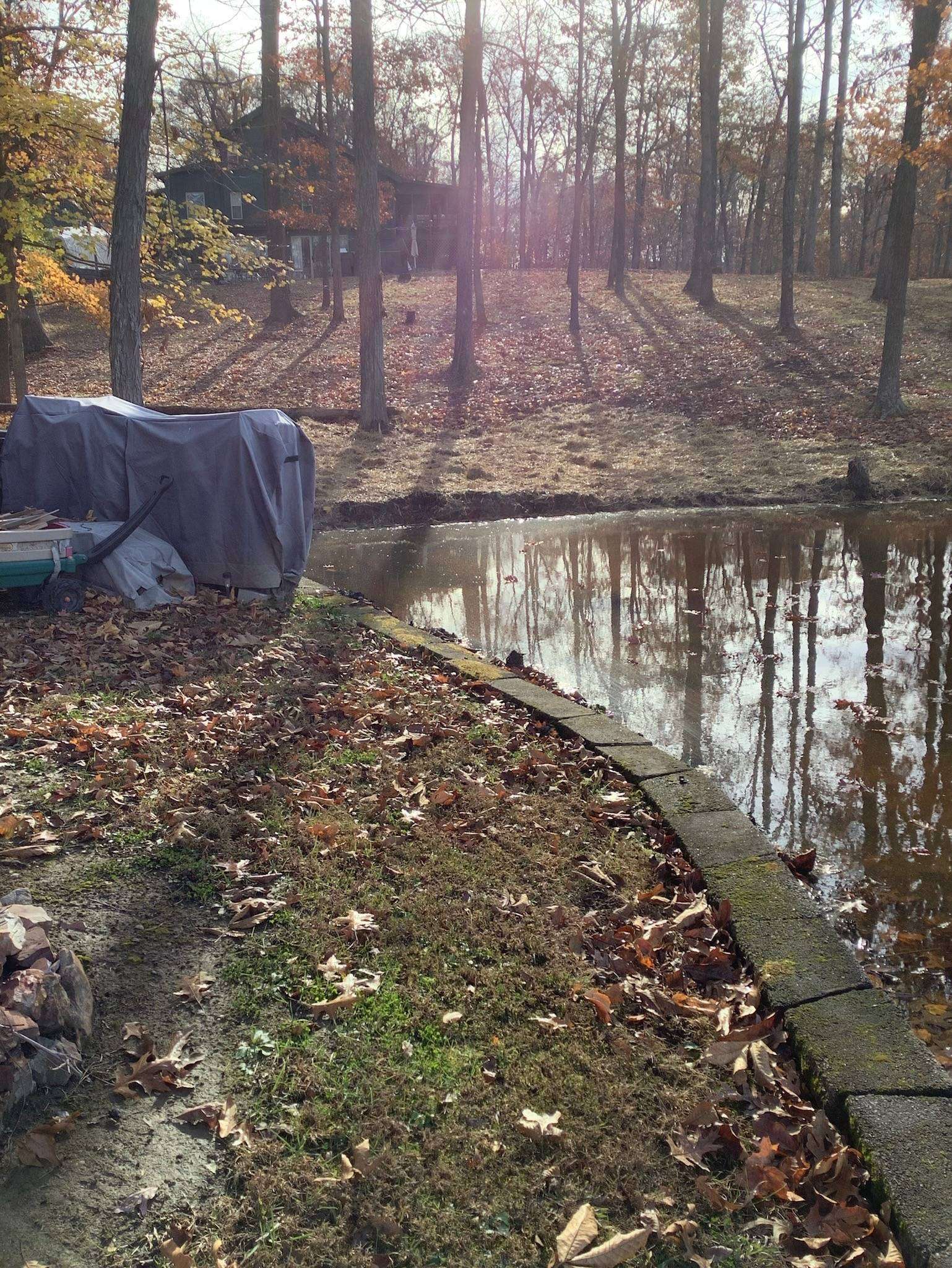Erosion is the wearing away of soil and rock, which causes sedimentation of organic matter, contaminants, and nutrients into surface water bodies. It is a major cause of soil loss in low-lying areas such as river valleys, coastal areas, and agricultural land underlain with permeable soils. Erosion can occur naturally or may result from human activities. If you want to protect your Kentucky or Tennessee home against erosion and possible flooding damage, several conservation practices may help, but only if you do them right!
Why Does Erosion Matter?
Erosion is one of the most common and costly problems affecting Kentucky and Tennessee homes. It can cause damage to your home, harm water quality, and result in fines from the state government. Erosion is the natural process of wearing away soil over time. The soil can be worn away by wind or water. When erosion occurs on a steep slope or hillside or where there are frequent storms with heavy rainfall, this can lead to landslides or mudslides that cause significant damage to property and infrastructure.
What Causes Erosion?
Many things can cause erosion:
- Heavy rains can cause flash flooding and mudslides; these types of flooding happen quickly when there is too much water for the ground to absorb at once.
- Windstorms can blow away topsoil from exposed areas; this often happens in areas with little natural cover, such as deserts or fields where crops have been harvested.
- Drought conditions can cause plants to die off when they don’t have enough water; this exposes bare soil that becomes vulnerable to wind and rain erosion.
- Natural processes like weathering or mass wasting cause rocks to fall off cliffs into rivers or streams.
- Human activities such as farming involves plowing fields, which loosens the soil.
- Construction projects such as roads, dams, or other man-made structures affect water flow.
How To Prevent Erosion
Erosion can be prevented or controlled by planting natural vegetation, installing rain gardens, and building terraces or retaining walls. If these methods are insufficient, you can waterproof your home to prevent water damage to its foundation.
Plant Natural Vegetation
Planting trees and shrubs helps control runoff because rainwater absorbs before it flows down. They also provide shade which slows the evaporation of moisture from the soil surface. Choose plants with deep roots that grow slowly so there is no competition with other plants for water and nutrients. Examples of good tree choices include oaks, maples, hickories, and walnuts. Some shrub choices include hawthorn berries, elderberries, serviceberry bushes, and blueberries.
Rain Garden
A rain garden is an area of your yard that collects rainwater runoff from your roof and lawn. The collected water is filtered through topsoil before it enters the ground. This helps prevent erosion and keep pollutants out of nearby waterways.
Terrace and Retaining Wall
A terrace or retaining wall is built into your yard’s slope to prevent erosion. A terrace allows water to flow off the steep slope without causing erosion problems on the lower side of the slope. A retaining wall keeps soil from washing away from one side of a slope towards another side, where it can cause damage to structures or property lines.
Waterproof Your Home
The most common cause of foundation problems is excessive water. Water can damage foundations by eroding the soil around them, causing them to sink and crack. Water can also cause corrosion in steel reinforcing bars (rebar), which leads to cracks and bulging walls. In some cases, it can even lead to concrete spalling or cracking. To prevent your home from suffering from these damages, you must waterproof your home’s foundation.
Waterproofing involves sealing areas where water can enter the basement floor or crawl space. For example, you might need to seal around vents, pipes, and wires close to the ground level. As long as holes in this area allow water to seep through, you will have a problem with water seeping into your basement or crawlspace.
Once these holes have been sealed with waterproofing membranes or tapes, moisture cannot get into your home anymore. This means there will be no more flooding during heavy rains or snowfalls because all excess water will be diverted away from your home instead of funneling right back into it!
How To Control Drainage?
There are two main ways to control drainage. The first is to install a drainage tile system, an underground pipe system that directs water away from your property into a nearby creek or stream. The second way is with an earthen berm, a mound of dirt built up around the edge of your property to prevent erosion.
Professional contractors usually install drainage tiles. They come in several different shapes, sizes, and materials. Some are made of plastic, while others are made of concrete or fiberglass. Fiberglass pipes are often used in rural areas where there are no local codes for installing pipes made from other materials.
Drainage systems have several advantages over berms, including:
- They can be installed anywhere on your property without disturbing existing landscaping or structures.
- They can be easily removed if you need more space for parking cars or other uses on your property.
- You don’t need special tools or equipment to install them if you hire professionals from Supreme Enterprises LLC to do the job for you.
Supreme Enterprises LLC
Erosion can occur in any landscape, including those in Kentucky and Tennessee. Several methods you can employ to control erosion if you keep it monitored and control it regularly. For example, the earth is moved and placed in landscaping or farming to fill ditches and level off the land. When exposed to water, dust, and wind, erosion can occur in as little as one day. Water erosion is the most common and damaging process on farms or rural areas. Wind Erosion occurs when the wind blows soil away from an area until there is nothing left to support plant life.
Supreme Enterprises LLC specializes in drainage and erosion control. Contact us for an evaluation.












